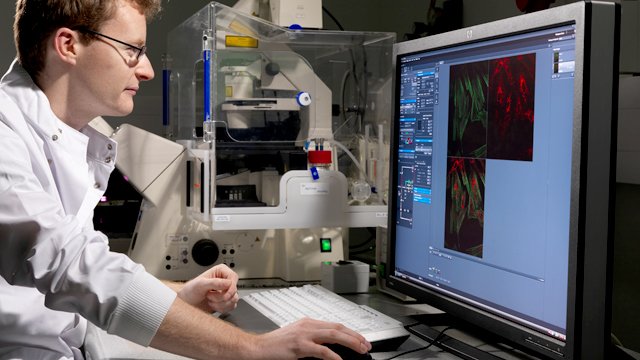Nuclear medicine uses radionuclides in medicine for diagnosing, staging of disease, treating, and monitoring the response of a disease process.
It is also used in basic sciences such as biology, drug discovery, and preclinical medicine. You can also navigate to med-phys to get the best radiation protection in nuclear medicine.

Image Source: Google
Nuclear medicine is described by three elements – clinical issues, radiopharmaceuticals, and devices. Since nuclear medicine involves patient exposure, general principles of radiation protection must be applied.
Here are some of the responsibility of medical physicist in radiation protection in nuclear medicine:
1. Ensure that any medical exposure is guaranteed in consultation with the referring doctor.
2.Ensure patient exposure is the minimum necessary to achieve the goal, taking into account appropriate medical exposure guidelines.
3.Creation of optimized protocols for diagnostic and therapeutic procedures in consultation with medical physicists and technologists.
4.Providing examination management criteria for pregnant women, child patients, medical procedures, occupational health examinations, and medical and biomedical research.
5.Evaluate any radiation incidents or events from a medical perspective.
6.Prepare specifications for the implementation of equipment related to radiation protection.
7.Participate in an ongoing review of the resources of nuclear medicine practice (including a budget, equipment, and personnel), operations, policies, and procedures.
8.Carry out tests for acceptance and commissioning of the device.